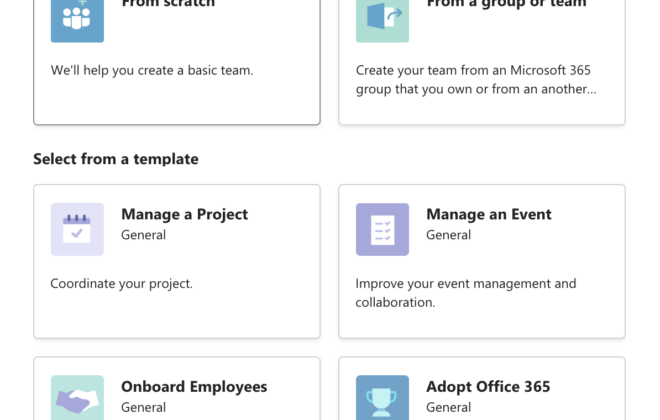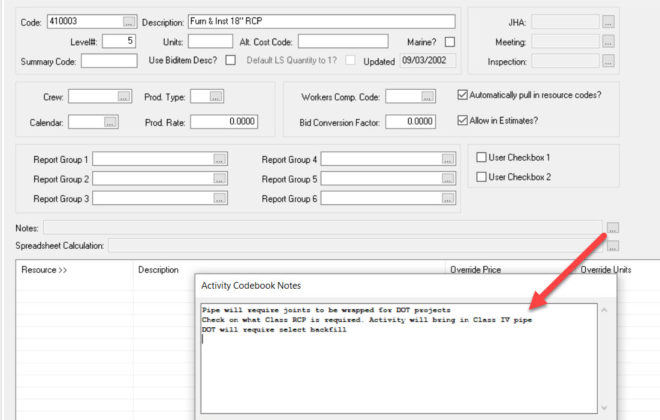Estimate Code – Best Practice
In HeavyBid an estimate code is limited to 12 characters which are more than enough. My opinion is that best practice for an estimate code is a sequential code starting with the year. For example, the code structure would look like this: 20-001, 20-002, 20-003. This would allow 999 estimates for the year. If you do more then make it 4 digits after the year. This also allows room in the code to do revision numbers. For example Revision 1 would be 20-002-R01. I have also seen many companies do the date of the bid starting with the year first but this doesn’t work well when the bid date changes or there is more than one estimate bidding on the same day. The reason I like the simple format I show above the best is that is forces the estimate sort by estimate code. Another format I have seen starts with the estimators’ initials then the year and sequential number. This would be my second choice but in term of keeping estimates in order and maybe in a separate list in Excel this can get confusing especially if more than one estimator is working in the estimate. Assuming your company has the Advanced or Comprehensive versions then Filters are available and the first filter value should be Year. This allows filtering all the estimates by year so only the current year’s estimates are displayed. Finally the worst solution (in my opinion) is starting with the year (20) and then the remaining 10 digits use the name of the project. For example it would be 20Highway50, or 20GroveApts. This is very confusing and over time other estimates will be named almost the same which can lead to errors. Usually the estimator using this coding convention leaves no room for a revision number. If there are many estimators this coding method creates confusion and finding estimates can be more difficult.
So here we are starting 2020 and if you want to start coding using best practices now would be a good time to start.






